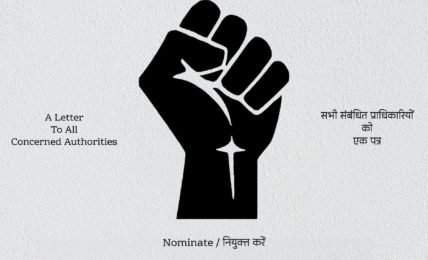BUNDELAS – A BALLAD OF BRAVERY, BETRAYAL & BLOOD
The story of Bundelas is long and bloody because this is the story of demise of a dynasty that forged a kingdom in blood. This is the story that defined Shahjahan's reign, introduced the jihadi Aurangzeb. This is also the story of the rise of two implacable enemies who would nearly destroy the mughal empire in the north.











Thank you for a Detailed and Elaborate Article on Bundela Rajputs and their Courageous Resistance and Fight for their Rights till Last Men.
I am happy that you liked the article. Thank you.